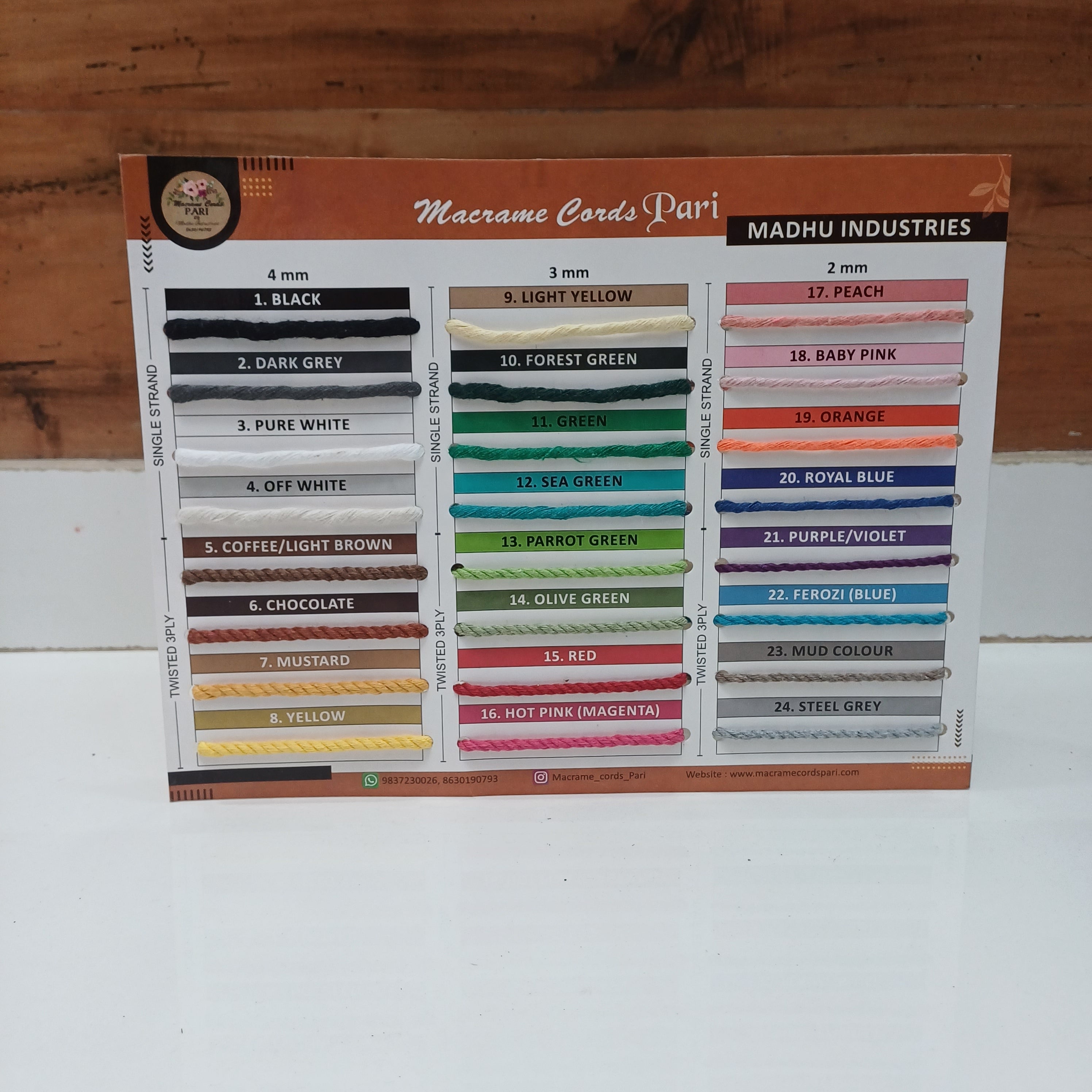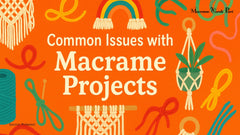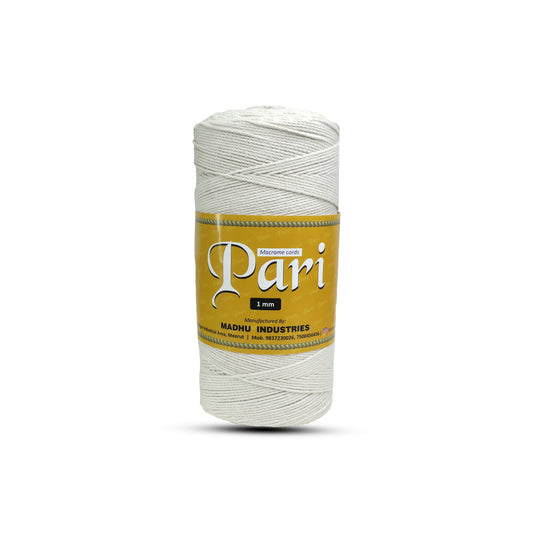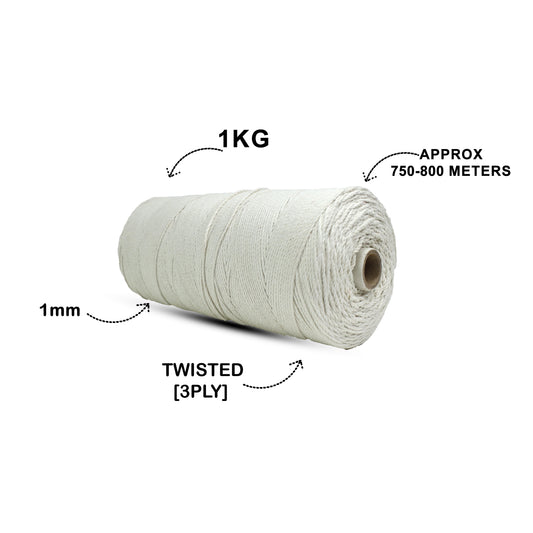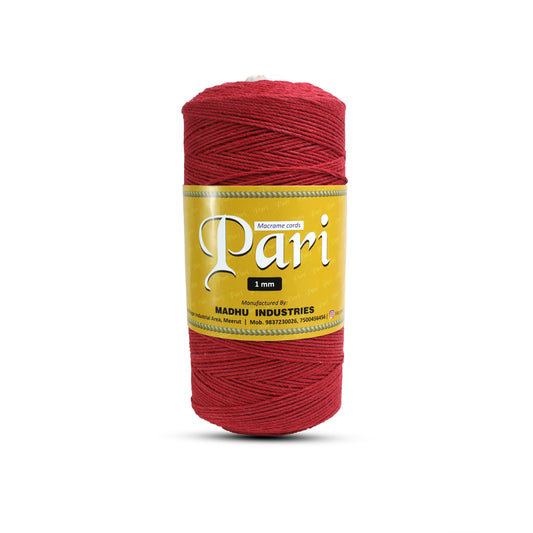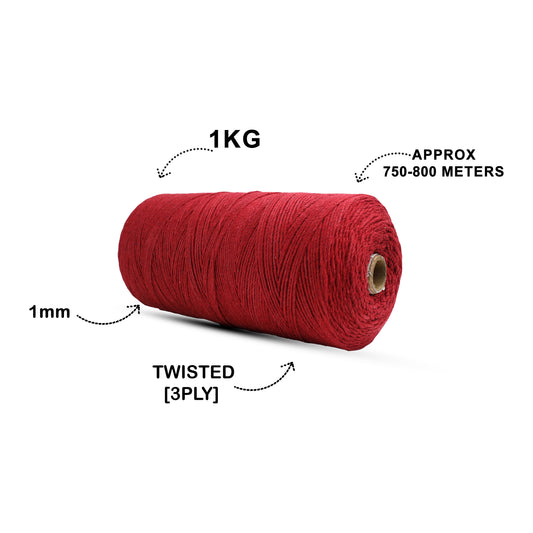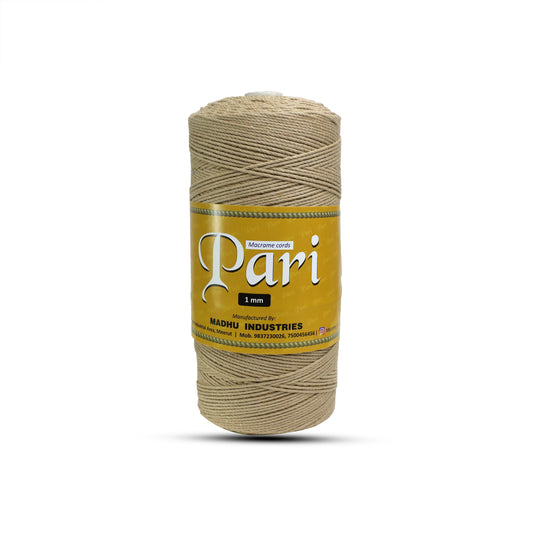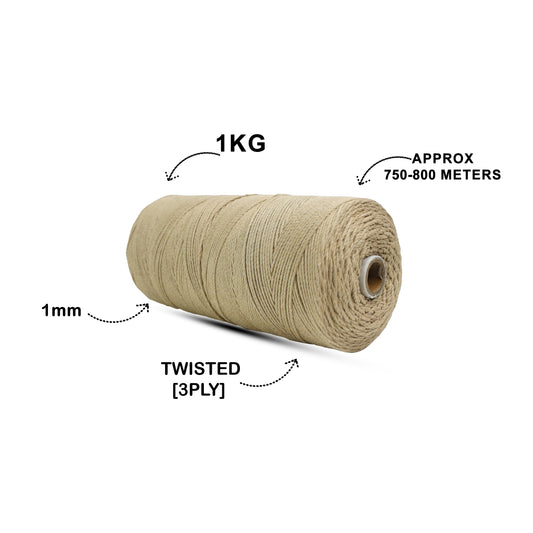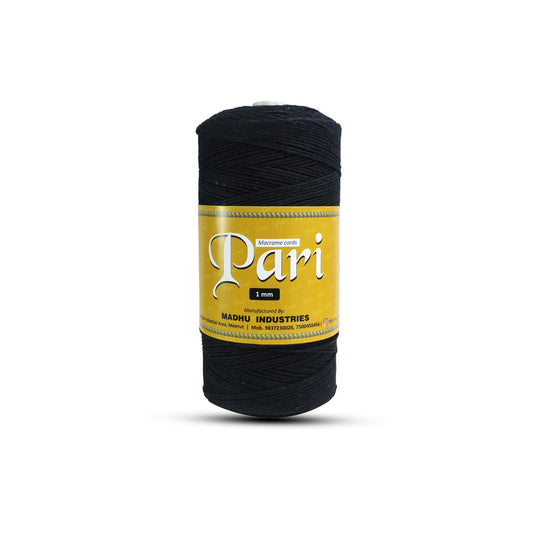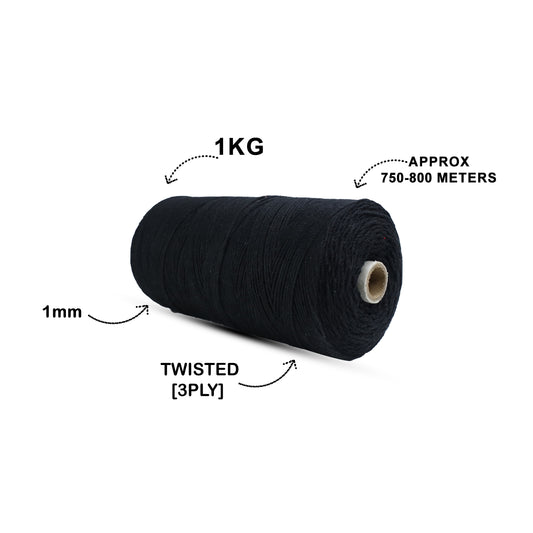Common Issues with Macrame Projects (And Their Solutions)
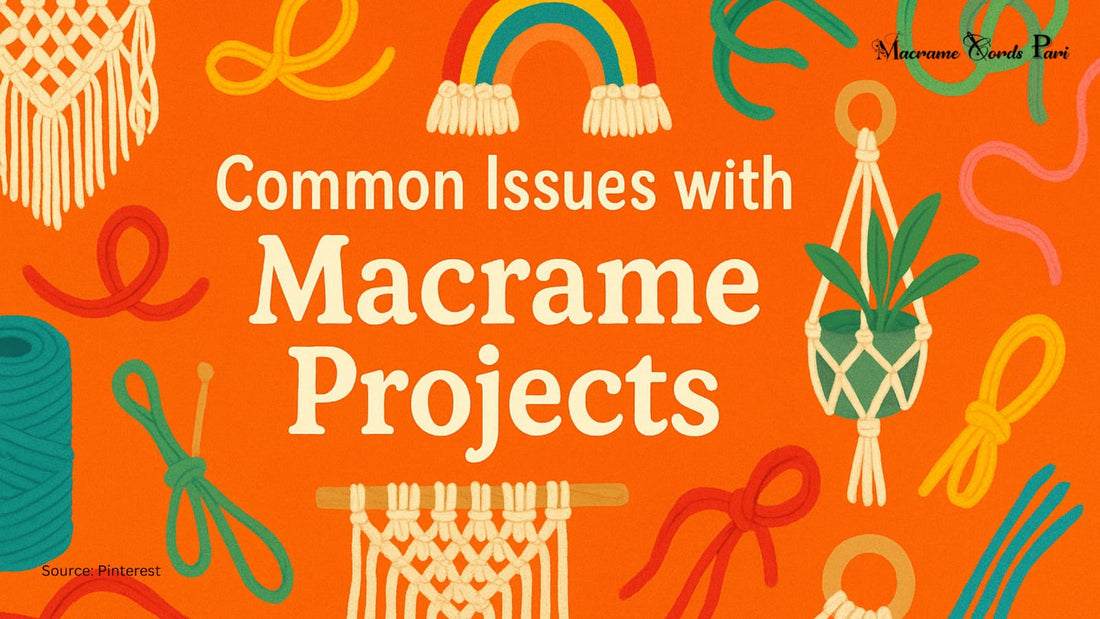
Every tangle teaches an individual something new, either patience, precision, or the art of turning mistakes into masterpieces!
Macrame is a craft of creativity and calm, but even the most seasoned makers face some challenges. Whether the individual is just beginning their knotting journey or already a macrame enthusiast, mistakes are a major part of creativity. From uneven tension to twisted cords, every little challenge is a learning step toward mastering the art.
However, macrame cords demand utmost precision and delicacy in the creativity domain. The regular undertaking of the knots can let artists step into the journey seamlessly, designing. Let us understand the most common issues crafters face in macrame projects. More importantly, how to fix them like an expert. Macrame Cords Pari comes up with the most structured and sustainable way of resolving these issues.
Common Issues with Macrame Projects
1. Uneven Cord Lengths
For instance, you start your project perfectly, but halfway through, some cords look shorter than others. That will leave you unable to complete the design. It is one of the most common frustrations among beginners who start macrame cords. The artist can solve this problem. By always cutting cords longer than they think they will need.
A good rule of thumb is to measure four to six times the desired finished length of your project. Different knots consume different amounts of cord; for instance, square knots use more length than spiral ones. It’s also wise to keep a few spare cords handy for replacements. If the artist still ends up short, they can attach an extension using a simple weaver’s knot and hide it neatly within the design.
2. Uneven Knot Tension
Some knots look tight while others appear loose, ruining the symmetry and flow of the pattern. The uneven knot tension frequently affects the type of macrame product. Hence, it becomes important to maintain consistent tension. It is the secret to beautiful macrame products. The artist can try knotting at the same table height each time, and keep their hands relaxed.
If you are left-handed or right-handed dominant, then you might naturally pull one side tighter than the other. So, it is important to consciously check both sides as you go. For better control over the macrame art, you can hang your project on a rod or dowel so gravity helps keep the cords aligned and tension even.
3. Twisted or Tangled Cords
The cords twist together, creating unwanted spirals or messy overlaps that distort your pattern. It usually happens when cords are handled too tightly or repeatedly twisted in one direction. To prevent this, the artist should let their cords hang freely every few minutes.
The fibers will naturally unwind in the process of knotting. The artist can also run their fingers gently through the cords to realign them. If tangling becomes frequent, consider using braided cords; they resist fraying and twisting better than single-strand options.
4. Fraying Cord Ends
After several knots, the ends start to fray and split, making it harder to thread or weave. However, fraying is common with natural fibers like cotton, but it is easy to fix. Before the artist starts their project, they can wrap the ends of each cord with small pieces of masking tape or scotch tape.
For giving finishing touches, the artist should gently trim frayed edges and use a bit of fabric glue or clear nail polish to seal them. If the artist prefers a more rustic look, they can also comb the ends out for a soft and fringed effect. It is just done to make sure it is intentional and even.
5. Difficulty in Following Patterns
Every artist starts with excitement, but soon finds the pattern confusing when the knots don’t match up. They will lose track of rows or symmetry. So, artists should always start with simpler designs like square knots or spiral patterns. Before jumping into complex ones.
They can use the markers or pins to track their progress, and always number their cords before they begin. Moreover, watching tutorial videos alongside the written patterns can also help them visualize each step. Over time, they will start recognizing knot sequences intuitively. Hence, making even complex projects feel effortless.
6. Project Not Hanging Straight
The artist can finish their beautiful wall hanging, but it slants to one side or looks uneven when displayed. The issue usually comes from unequal knot tension or uneven cord placement. Before beginning, it is necessary to make sure that all cords are centered and evenly spaced on the dowel.
When the artist knots, they should occasionally step back and view their piece from a distance. Small adjustments early on prevent big distortions later. If the problem persists, gently steam the project and reshape it while it is still damp.
7. Inconsistent Cord Quality
Some cords feel rough or stretchy, which affects the look and consistency of their knots. The artist should always invest in high-quality macrame cords, preferably 100% cotton or natural fiber options. Though cheaper cords can vary in thickness and texture.
But it makes the project look uneven. Brands that specialize in macrame materials, such as Macrame Cords Pari, provide cords in single-strand, twisted, and braided styles. Each is suited for different project types. The better the material, the smoother their crafting experience will be.
8. Finishing Problems
The macrame project is complete, but the bottom looks messy, uneven, or unfinished. So, trimming is key. The artist should use the sharp scissors and cut across a ruler or masking tape line to ensure a clean and straight edge. The artist can also add wooden beads, tassels, or fringe combs for a polished final look. For plant hangers, make sure the bottom knot is strong enough to support the weight without slipping. Whereas the gathering knot works best for that purpose.
Macrame Made Easy: Embrace the Knots, Not the Nots
Mistakes are inevitable, but each one brings the artist closer to mastery. The beauty of macrame lies not in perfection but in its handmade charm, those slight variations that make every piece unique. The small or big mistakes are part of healthy knotting. However, with patience, practice, and the right techniques, even tangled cords can turn into stunning art. Hence, the artist should grab their favorite eco-friendly cotton cords, take a deep breath, and start knotting again. Because in macrame, every twist has a purpose that lets the artist shine.
Knot perfection with Macrame Cords Pari, and step into effortless art!
